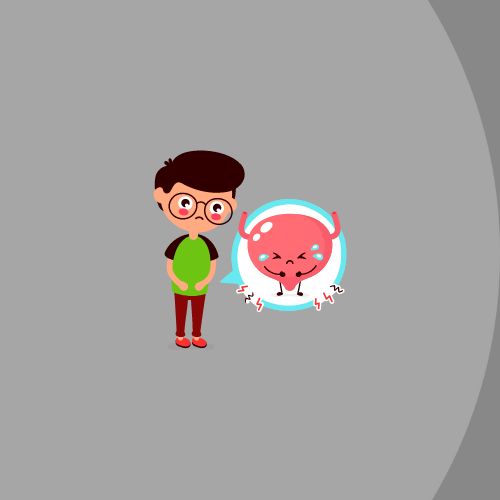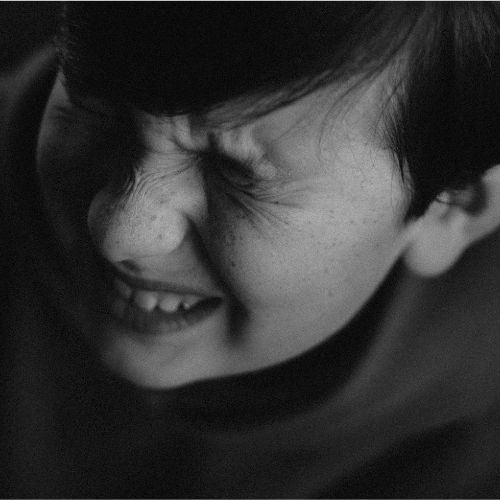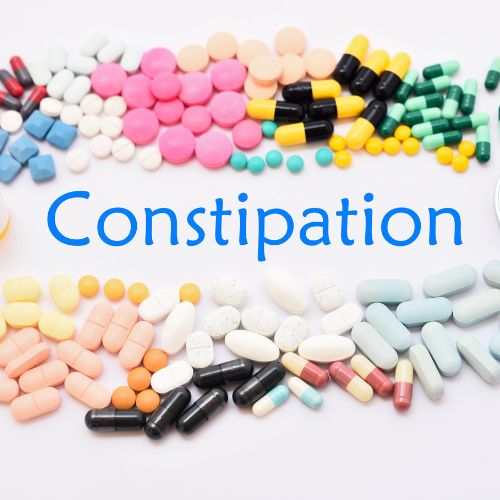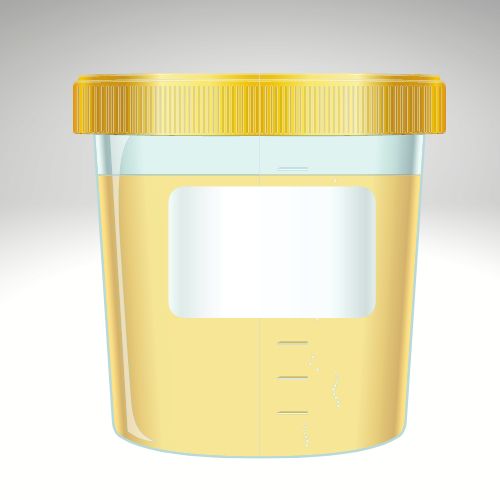4 Main Causes of Bladder Pressure Sensation (Other than UTI)
Our content is not intended nor recommended as a substitute for medical advice by your doctor. Use for informational purposes only.
Quick Insights:
Pressure sensations in the urinary bladder without UTI can be due to bladder pain syndrome (interstitial cystitis), bladder stones, bladder cancer, and non-urinary causes such as pelvic congestion syndrome.
Common causes of pressure sensation on the bladder (other than UTI) include:
- Bladder pain syndrome/interstitial cystitis.
- Urinary bladder stones or gravels.
- Urinary bladder cancer (uncommon).
- Other causes & mimics of Bladder discomfort or pressure:
- Pelvic congestion syndrome.
- Pelvic adhesions.
- Large uterine leiomyoma.
- Endometriosis (especially urinary bladder endometriosis).
- Fibromyalgia.
- Irritable bowel syndrome.
- Inflammatory bowel disease such as Ulcerative Colitis.
- Urethral diverticulum.
- The use of intrauterine devices.
- Pelvic floor tension myalgia.
- BPH or prostate cancer in males.
1. Bladder pain syndrome (interstitial cysitis).
Bladder pain syndrome/interstitial cystitis (BPS/IC) is a chronic condition characterized by unexplained bladder pain, pressure without UTI, or other obvious bladder diseases.
The condition is relatively common. It usually affects females who are above 30 years old. But it can occur at any age, and it also affects men.
Studies estimate the prevalence of painful bladder syndrome/interstitial cystitis to be (reference):
- 0.85% in women (females are 14 times at higher risk of BPC/IC than males).
- 0.06% in men.
Causes (mechanisms):
Bladder pain syndrome occurs without UTI or other obvious causes to explain bladder pain.
The possible mechanisms leading to bladder pain syndrome/interstitial cystitis include (reference):
- Defects in the bladder lining make it more permeable to irritant substances leading to irritation of the bladder nerves and muscles.
- Abnormal low thresholds to pain/pressure inside the urinary bladder.
- Abnormal immune system causing inflammation of the bladder wall.
- Abnormal pelvic floor muscles
- Genetics often plays a role; The risk of BPS/IC is higher in identical twins than in non-identical twins.
- Associated psychological comorbidities such as depression, anxiety, etc.
Symptoms:
- Bladder discomfort, pressure, or spasms, especially when the bladder is full.
- The symptoms are chronic and present almost all days for several months. But they may range in severity from one day to the other.
- The symptoms usually start after an event such as UTI, Bladder procedure, or bladder trauma.
- Frequent urination.
- Prolonged sitting on the toilet to let the urine drip.
- A sudden severe urge to urinate.
- Frequent urination at night (nocturia).
- Burning in the urethra after urination (without UTI or urethritis).
- Painful intercourse.
- Associated conditions: depression, irritable bowel syndrome, and fibromyalgia.
Diagnosis:
The diagnostic criteria of bladder pain syndrome, according to the American Urological Association guidelines, are as follows:
An unpleasant sensation (pain, pressure, discomfort) that is:
- Related to the urinary bladder (pressure or pain in the central pelvis or lower abdomen).
- Associated with lower urinary tract symptoms (dysuria, frequency, urgency, etc.).
- More than six weeks of duration.
- In the absence of UTI or other identifiable causes.
Some tests to exclude other causes of bladder pressure:
- Urine analysis and urine culture.
- Abdominal ultrasound.
- CT scan of the urinary tract.
- Cystoscopy (only if there is blood in urine).
- Testing for sexually transmitted diseases such as gonorrhea and chlamydia (for those at risk).
Treatment of BPS/IC:
Treatment of bladder pain syndrome is often difficult. It requires trial and error with one or more of the following treatments.
- Analgesics such as ibuprofen, paracetamol, or even narcotics in severe cases.
- Lidocaine (local anesthetic) injection into the bladder (for severe cases).
- Pelvic floor muscle therapy.
- Amytryptilline.
- Pentosan Polysulfate sodium (PPS) if amitriptyline is ineffective or causes side effects.
- Antihistaminics for patients with allergic diseases and BPS/IC.
- For refractory cases:
- Bladder hydrodistension: distending the bladder with water that helps with the pain or pressure.
- Injection of botulinum toxin inside the bladder muscle.
- Surgical bladder removal with urinary diversion is, in extreme cases (the last option).
2. Bladder stones or gravel.
The presence of stones or gravel inside the urinary bladder is another common cause of pain or pressure sensation in the urinary bladder without evidence of UTI in urine analysis or culture.
Gravels (tiny stones) may precipitate in the bladder irritating its walls and leading to persistent pressure sensations.
Causes:
Urinary bladder stones are more common in males. Common causes and risk factors include:
- Benign prostatic hypertrophy (BPH) in older males.
- Prolonged urinary catheterization.
- Presence of FB inside the bladder.
- Radiation therapy.
- Bladder diverticulum.
- Urethral strictures.
Symptoms:
- Lower abdominal pain.
- Pain during urination (dysuria) may hurt more at end of urination.
- Bloody urine.
- Small stones or gravel may pass with urine.
- Frequent urination.
- Difficulty urination or interrupted flow.
3. Bladder cancer.
Urinary bladder cancer is common. In the united states, it is the sixth most common cancer. Urinary bladder cancer accounts for 3% of all diagnosed cancers (reference).
Bladder cancer is one of the causes of non-infectious causes of bladder pain or pressure sensation.
Patients with risk factors for bladder cancer (illustrated below) with pressure sensation on the bladder without evidence of UTI should be investigated for bladder cancer.
For example, males older than 50 who are smokers should be investigated for UB cancer when there are abnormal bladder symptoms such as discomfort or pressure.
Risk factors of bladder cancer (reference).
- Cigarette smoking.
- Being older (more than 50).
- Being male.
- Opium use.
- Occupation exposure to carcinogens as with metal workers, painters, rubber industry workers, leather workers, textile and electrical workers, miners, cement workers, transport operators, excavating-machine operators, and jobs that involve the manufacture of carpets, paints, plastics, and industrial chemicals.
- Genetics also plays a role.
- Schistosomiasis infection (common in north Africa and Japan).
Symptoms & diagnosis:
- Early bladder cancer may present with irritative symptoms such as painful urination (dysuria), the urgency to urinate, or frequent urination.
- Bladder cancer typically causes painless urine bleeding (intermittent attack)
.
- Blood is often present throughout the urination.
- Bladder pain or pressure in the lower abdomen.
- Dysuria or pain after the end of urination.
- Signs of metastasis may also exist, such as bone pain, abdominal pain, liver pain, headache, or blurring of vision.
- Weight loss, anorexia, and other systemic symptoms may also present.
Diagnosis and treatment of UB cancer:
The diagnosis of bladder cancer depends on (reference):
- Urine cytology: visualizing the malignant cells found in urine (low sensitivity).
- Imaging: visualizing the mass by ultrasonography or CT scan (more accurate).
- Cystoscopy: a small endoscope enters the urinary bladder, visualizes the lesion, and takes a biopsy for analysis.
The treatment of UB cancer depends on its stage (invasion of the bladder muscle, surrounding structures or lymph nodes, or distant metastasis.
In early stages of cancer, Surgery or transurethral resection. In later stages, chemotherapy, immunotherapy, or radiotherapy are often used.
5. Others & mimics of bladder pressure.
A pressure sensation in the bladder area doesn’t necessarily mean it is a bladder disease. Many cases of abnormal pressure sensation in the urinary bladder are due to non-urologic sources such as:
- Female genital system.
- Gastrointestinal system.
- Muscles and bones of the pelvis.
- Pelvic nerves or abnormal brain perception of pain.
- Abnormal blood vessels in the pelvis.
The table below illustrates all the possible cases of pelvic pain that can mimic bladder pressure (reference).
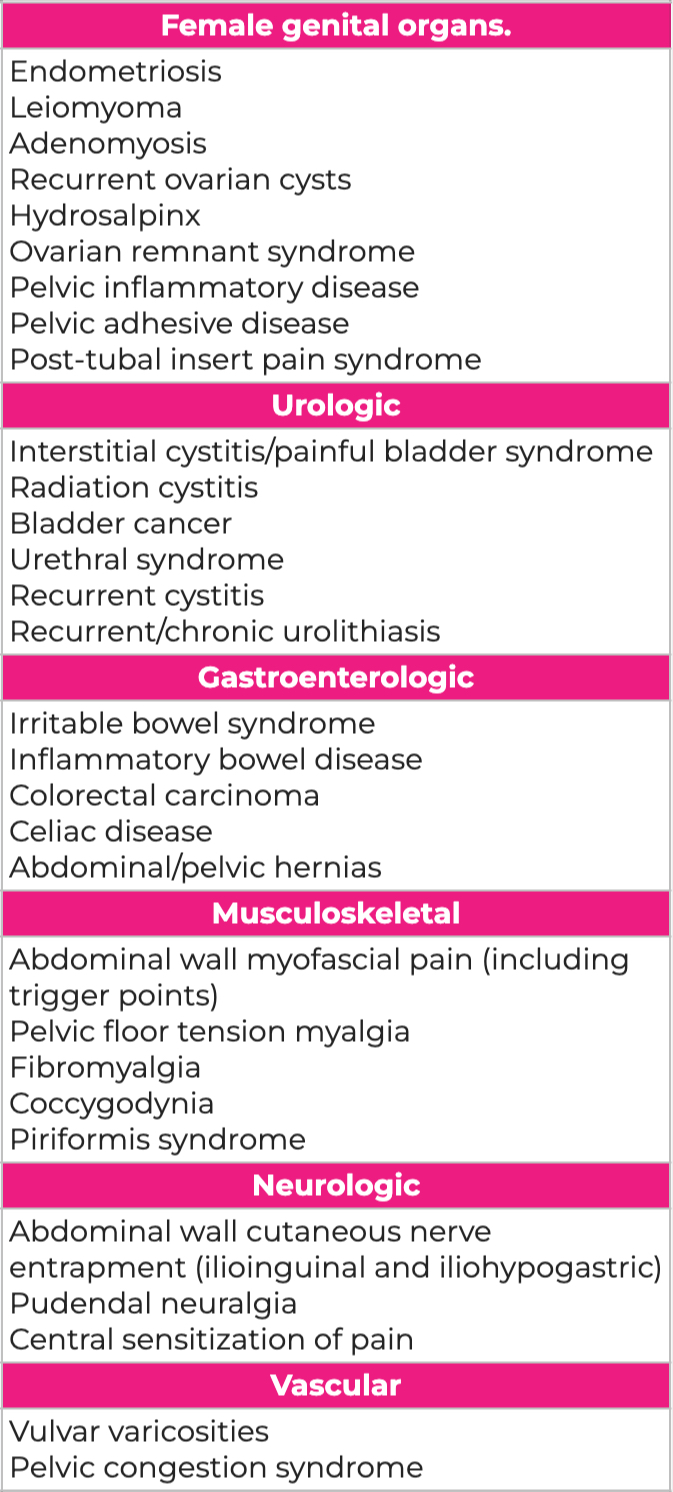
Other examples of causes & mimics of bladder pressure include:
- Pelvic congestion syndrome.
- Pelvic adhesions.
- Large uterine leiomyoma.
- Endometriosis (especially urinary bladder endometriosis).
- Fibromyalgia.
- Irritable bowel syndrome.
- Inflammatory bowel disease such as Ulcerative Colitis.
- Urethral diverticulum.
- The use of intrauterine devices.
- Pelvic floor tension myalgia.
- BPH or prostate cancer in males.
When to worry:
See a doctor if you have one or more of the following symptoms or risk factors associated with the abnormal pressure sensation in the urinary bladder.
- Presence of blood in the urine.
- Blockage during urination.
- Urine incontinence.
- Sudden urge to poop.
- Being older males (more than 50).
- Severe burning sensation during urination.
- Cloudy or turbid urine.
- Recent menstrual irregularities or vaginal bleeding.
- Fever.
- Unexplained weight loss.
- Extreme loss of appetite (anorexia).
- Evidence-based
- Written by a doctor.
MD, Internal Medicine and Nephrology specialist.

Dr. Esraa A. MagidAuthor
MORE INSIGHTS
